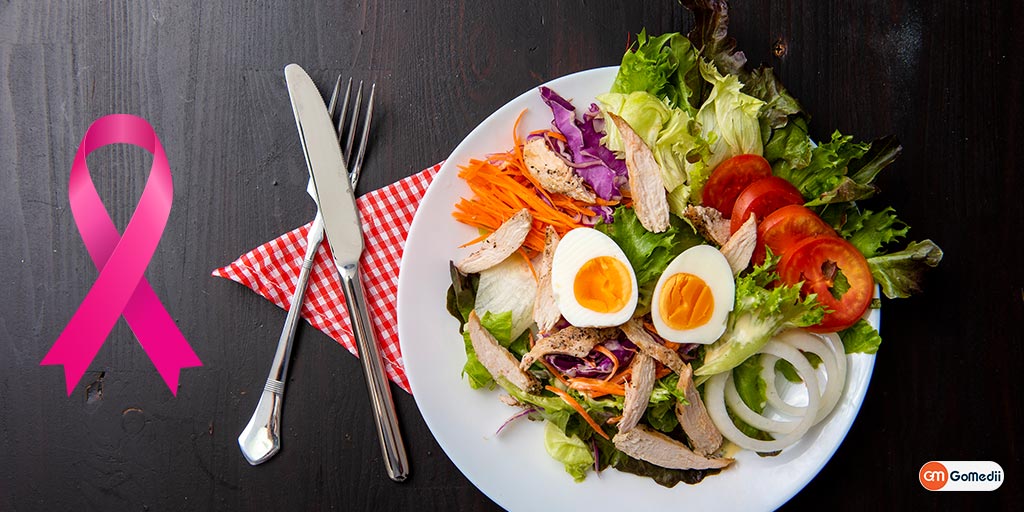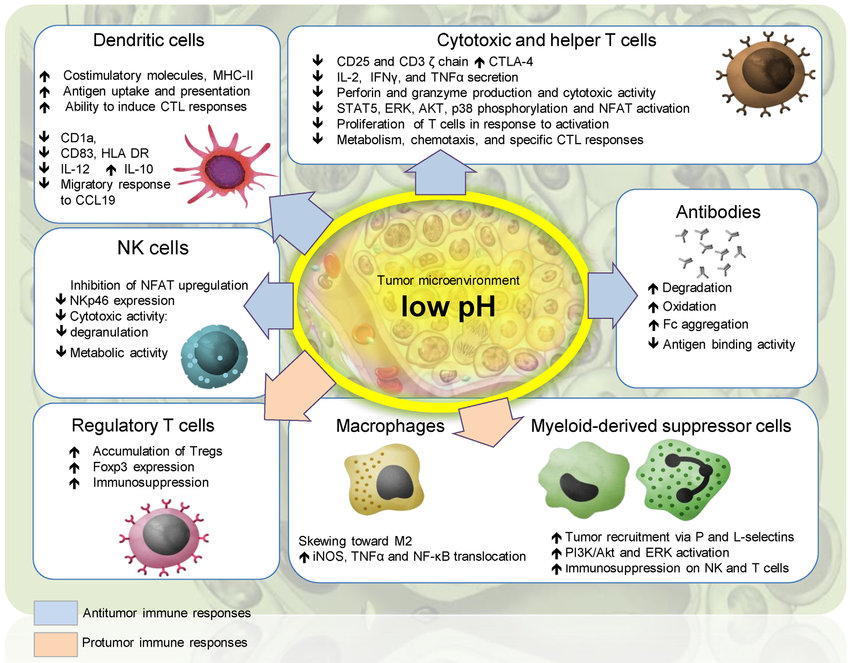
Breast cancer is the predominant form of cancer, and leading cause of death, among females.1 Surgery and systemic therapies such as hormonal therapy, chemotherapy, and molecular targeted therapy are implemented and chosen based on the molecular characteristics of the breast cancer. Despite such interventions, absolute efficaciousness of said modalities are not ubiquitous among breast cancer patients; a situation, which demands novel solutions. As such, the following will consider the nature of cancer in greater detail and complimentary/supportive interventions that could help individuals recovering from the same.
Cancer has a unique biological capacity to manipulate 6 cellular processes to include: sustaining proliferative signaling,evading growth suppressors, enabling replicative immortality, inducing angiogenesis, resisting cell death, and activating invasion and metastasis.2 Two more recent characteristics of cancer also includes its ability to evade immune destruction and reprogram cellular energy metabolism.2(1) Of particular interest is the latter; cancer tends to reprogram aerobic glycolysis and the metabolism of glucose as an energy substrate. Such an outcome creates an acidic environment and a preferred energy source for cancer allowing greater opportunity for its proliferation.1(2)
A highly acidic and inflammatory cellular environment generated by cancer tumor glycolysis may hamper the host’s immune system to successfully destroy malignant cells.1(2) Li et al1(2) suggested that immune cells may be unable to penetrate cancer cells due to cancer cell microenvironmental changes (i.e., lower pH) allowing cancer cells to maintain uninhibited proliferation and growth. Thus, highly glycolytic cancer cells tend to produce acid/inflammatory environments, which have also been found to be highly correlated with the expression of genes that may help indicate and track tumor cell progression.1(4)
Phosphoglycerate kinase (PGK1) is the first enzyme responsible for producing ATP in the glycolytic pathway, and has been found to be a good indicator of glycolytic activity.1(3) Li et al1(3) also uncovered that the presence of high PGK1 levels correlated well with other glycolysis-related genes (i.e., SLC2A1, HK2, GPI, PFKP, ALDOA, TPI1, GAPDH, PGAM1, ENO1, PKM, LDHA) and carbonic anhydrase (CA9); an enzyme associated with low pH.1(3) Such results suggest that PGK1 is a good indicator of cellular glucose metabolism, lactic acid production, and lactic acid output.1(3) Having considered methods to identify, monitor, and track glycolysis, the following will consider the impact of glycolysis upon immune system function in greater detail.
Li et al1(5) and Seyfried et al3 determined that several cytokines (signaling molecules that regulate inflammation), chemokines (a type of cytokine that attracts white blood cells to a target cell for destruction), inflammatory mediators, related receptors, and high output of reactive oxygen species (ROS) were dysregulated among individuals who had a high rate of glycolysis for energy production. Ultimately, high rates of glycolysis were associated with increased immune/inflammation activity among individuals with breast cancer, while anti-tumor immune/inflammatory cells (i.e., cDC, NKT, CD8+ T-cells, CD8+ Tcm, CD4+ Tem cells) were significantly lower in high-glycolysis individuals. Furthermore, immunosuppressive factors (i.e., IDO1, PD1, PDL1, CTLA4 and FOXP3) were higher in high glycolysis individuals.1(9)
If breast cancer cells thrive in glycolytic/immunosuppressed/acidic/inflammatory mediums, attenuating such cellular microenvironmental conditions could be helpful. Based on the above findings, the underlying driver behind said cellular pathophysiological events might be glucose; if glycolysis tends to be a preferred method of substrate delivery for the Kreb’s cycle, removal of the fuel (glucose) for glycolysis could help limit downstream effects (i.e., cancer proliferation). As such, this author would consider low carbohydrate/low sugar diets for individuals who have breast cancer/have high glycolytic activity measured by the presence of PKA1. As such, the following will consider very low carbohydrate/ketogenic diets (VLCKDs) as a means of achieving the same.
VLCKDs are emerging as a complimentary, and possibly alternative, therapy for a broad range of malignant cancers to include breast cancer.3 Since VLCDs are essentially low/devoid of glucose, the preferred substrate for system-wide glycolysis is largely absent. Furthermore, breast cancer cells cannot effectively use ketones in glycolysis; a substance produced by ketosis from VLCKDs.3(5) Such is the case because malignant cells have defects in the number, structure, and function of mitochondria; cell organelles that produce energy.3(5) Thus, depleting cancer cells of glucose, via VLCKDs, can facilitate catastrophic tumor cell death according to Seyfried et al3(5) Such evidence is encouraging as a potentially viable means of controlling cancer growth.
As mentioned previously, the microenvironment of cancerous breast cells are characterized by high acidity, inflammation, low oxygen, high glucose, and production/secretion of ROS.3(5) VLCKDs not only reduce available glucose; said dietary interventions encourage an anti-inflammatory, anti-angiogenic, and pro-apoptotic cellular state.3(5) VLCKDs also produces ketones (i.e., beta-hydroxybutyrate), which reduces ROS levels in normal cells while concomitantly increasing oxidative stress (destructive to cells) within tumor cells.3(5) Not only does ketosis, the state of producing ketones, facilitate said beneficial cellular changes; ketosis also reduces the immunosuppressive effects of cancer cells, allowing the host’s immune system to effectively target and destroy malignant cells.3(5)
In conclusion, breast cancer is a leading cause of death among females. Surgery and systemic therapies such as hormonal therapy, chemotherapy, and molecular targeted therapy are often effective but are not a ubiquitous solution among all breast cancer patients; a situation, which demands novel interventions. Considering that breast cancer has a unique cellular microenvironment, one which thrives off the presence and use of glucose, removal of the same would be a logical protocol. Furthermore, such a submission is supported by evidence marking a precipitous drop in cancer cell number and proliferation when exposed to VLCKDs. Ultimately, VLCKDs could, under medical supervision, serve as a viable and supportive intervention among breast cancer patients undergoing traditional therapies and for others recovering from the same.
References
1. Li W, Xu M, Li Y, et al. Comprehensive analysis of the association between tumor glycolysis and immune/inflammation function in breast cancer. J Trans Med. 2020;18(1):1-12. doi: 10.1186/s12967-020-02267-2.
2. Hanahan D, Weinberg RA. Hallmarks of cancer: the next generation. Cell. 2011;144(5):646–74. doi:https://doi.org/10.1016/j.cell.2011.02.013.
3. Seyfried TN, Mukherjee P, Lyikesici MS, et al. Consideration of ketogenic therapy as a complimentary or alternative approach for managing breast cancer. Front Nutr. 2020;7(21):1-13. doi:10.3389/fnut.2020.00021.
-Michael McIsaac







